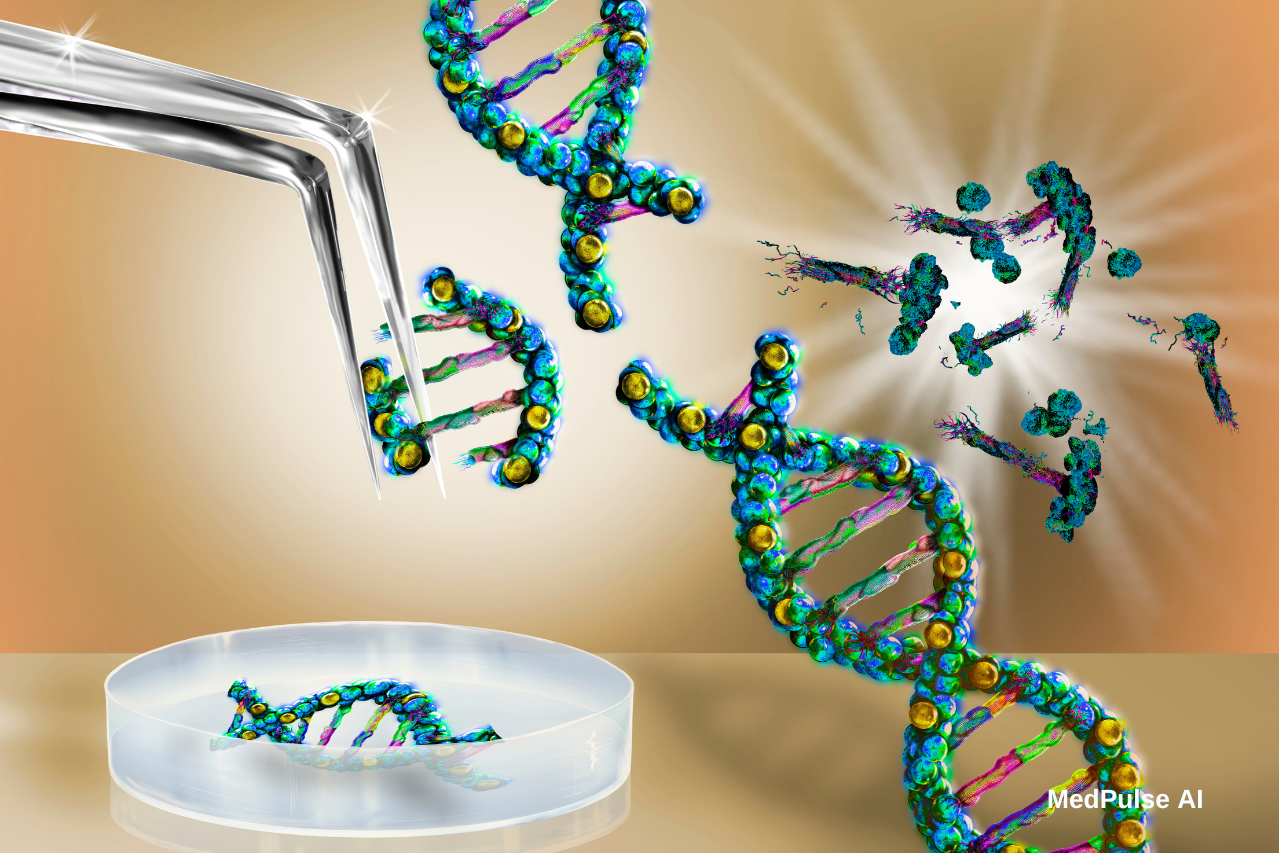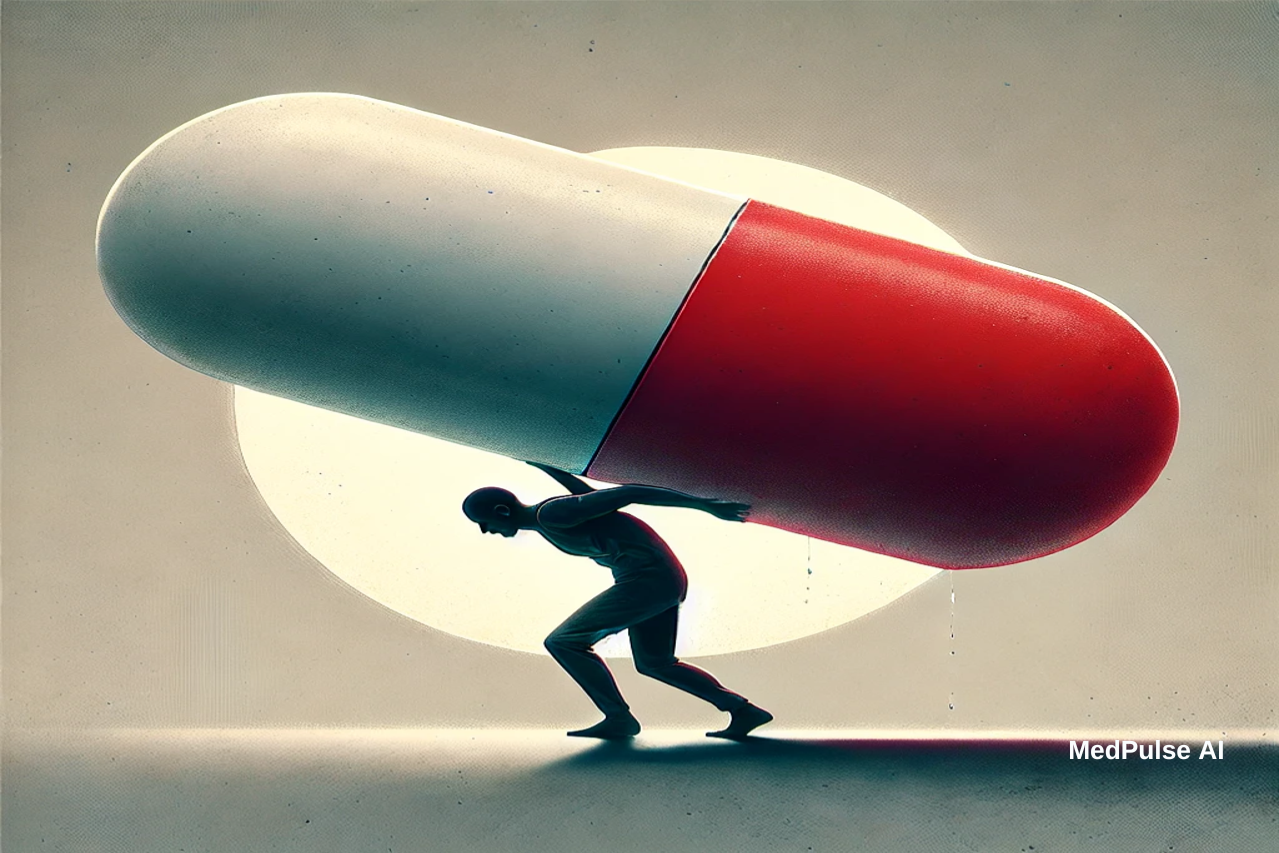In the cool, dimly lit control rooms of hospitals and imaging centers around the world, radiologists perform one of healthcare’s most crucial yet invisible roles. They interpret images—X-rays, MRIs, CT scans, ultrasounds—that guide diagnoses, influence surgeries, and in some cases, save lives. For decades, this profession has combined deep anatomical knowledge with the kind of pattern recognition that only years of clinical experience can hone.
But that experience is walking out the door.
A wave of radiologists is approaching retirement, and the pipeline of new specialists isn’t keeping up. In the U.S., more than half of practicing radiologists are over the age of 55. The Royal College of Radiologists in the UK warns that their country will face a shortfall of 40% by 2027. Globally, nearly two-thirds of people lack regular access to diagnostic imaging. All of this is happening just as imaging demand skyrockets due to aging populations, chronic disease, and expanded screening programs.
Into this widening gap steps artificial intelligence.
The Rise of AI in Medical Imaging
AI has made remarkable inroads in radiology over the past decade. Deep learning algorithms now detect lung nodules, brain bleeds, fractures, and even early-stage cancers with a level of accuracy approaching—or in some cases surpassing—that of human experts. Major tech players and startups alike have launched AI-powered imaging platforms, many of which are already FDA-cleared and integrated into hospital workflows.
And now, companies like NVIDIA and GE HealthCare are going a step further. Their collaboration aims not just to assist radiologists, but to automate core imaging functions. Using robotics and “physical AI,” they’re developing systems that can position patients, acquire images, and assess quality without human intervention. One day, an AI system may be able to perform an entire imaging workflow in settings where trained professionals are scarce or unavailable.
This is a powerful vision—one that could bring life-saving diagnostics to underserved regions and reduce bottlenecks in overburdened hospitals. But it also raises a fundamental question:
What Happens When the Experts Are Gone?
When experienced radiologists retire, they take more than skill with them. They leave behind clinical intuition, contextual judgment, and the ability to interpret subtle cues—things AI still struggles to replicate.
A seasoned radiologist doesn’t just see a shadow on a scan. They weigh patient history, ask the right follow-up questions, notice inconsistencies, and connect dots that algorithms might miss. They might recall a rare presentation from ten years ago that changes the course of treatment today.
AI, for all its speed and scale, lacks this depth of understanding. It excels at pattern recognition within defined parameters. But it doesn’t “understand” the patient, or how one image fits into a complex diagnostic puzzle. It doesn’t pick up the phone and talk to a referring physician. It doesn’t question its own output—or catch the anomaly it was never trained to look for.
This is especially critical in edge cases and rare diseases, which often fall outside AI training datasets. Radiologists have traditionally acted as both interpreters and safety nets. When they’re gone, who catches the misses?
The Loss of Mentorship
There’s another dimension to this transition: mentorship. In many teaching hospitals, radiology residents learn not just from textbooks and lectures, but from daily “readouts” with senior radiologists who walk them through real cases, one scan at a time. This apprenticeship model is foundational.
If AI systems begin to replace senior roles rather than support them, where will future radiologists gain that experiential wisdom? Who will teach the art of nuance? The risk isn’t just that AI will replace humans—it’s that it will replace the opportunity for humans to learn.
Where AI Shines—and Where It Needs Support
To be clear, AI is not the enemy here. In fact, it offers tremendous value:
- Triage: AI can flag critical findings (e.g., a brain bleed) and push them to the top of a radiologist’s worklist, saving precious time.
- Consistency: AI reduces variability between radiologists, standardizing care.
- Efficiency: AI handles high-volume, routine reads, freeing human experts for more complex cases.
- Access: In remote or under-resourced areas, AI-assisted tools may be the only feasible way to provide diagnostic imaging.
In one real-world example, GE HealthCare and NVIDIA’s Isaac platform are being used to train autonomous imaging systems that can operate in environments without on-site technologists. These systems are being tested to position patients, acquire scans, and analyze image quality using AI-driven robotics.
Kimberly Powell, NVIDIA’s VP of Healthcare, noted, “The healthcare industry is one of the most important applications of AI, as the demand for healthcare services far exceeds the supply.”
This framing is crucial: AI is not a replacement for human expertise—it’s a response to a capacity crisis.
A Dual Approach: Augment, Not Replace
The most promising path forward lies in augmentation—using AI to extend the capabilities of human radiologists, not eliminate them.
- Retiring radiologists can help train AI models by annotating datasets, reviewing edge cases, and building in context.
- AI can handle the routine, allowing humans to focus on complex cases, mentorship, and multidisciplinary collaboration.
- Hybrid models, where AI handles initial reads and radiologists provide final interpretation, are already showing success in breast cancer screening.
In this way, AI doesn’t signal the end of human radiology. It becomes a tool to preserve and scale what humans do best.
Preparing the Next Generation
To navigate this transition well, medical education must evolve. Future radiologists need:
- AI literacy: Understanding how algorithms work, their limitations, and how to interpret results.
- Systems thinking: Knowing how imaging fits into a broader clinical workflow.
- Human skills: Communication, judgment, ethics—areas where humans will remain indispensable.
Hospitals, universities, and industry must collaborate to build this future together. Radiologists shouldn’t fear AI—they should help shape it.
Radiology Rewired, Not Replaced
The retirement wave is real, and AI is rising to meet the challenge. But let’s be clear: experience is not a disposable asset. It’s the bedrock on which safe, accurate, and compassionate care is built.
As we rewire radiology for the future, we must do more than replicate tasks. We must preserve wisdom, train differently, and ensure that AI is used with intention and humility.
Because in the silence of the reading room, beyond the scans and software, what matters most is not just what we see—but what we understand.
Next up in the series: Part 3- If Teachers Leave, Will AI Know How to Care?




